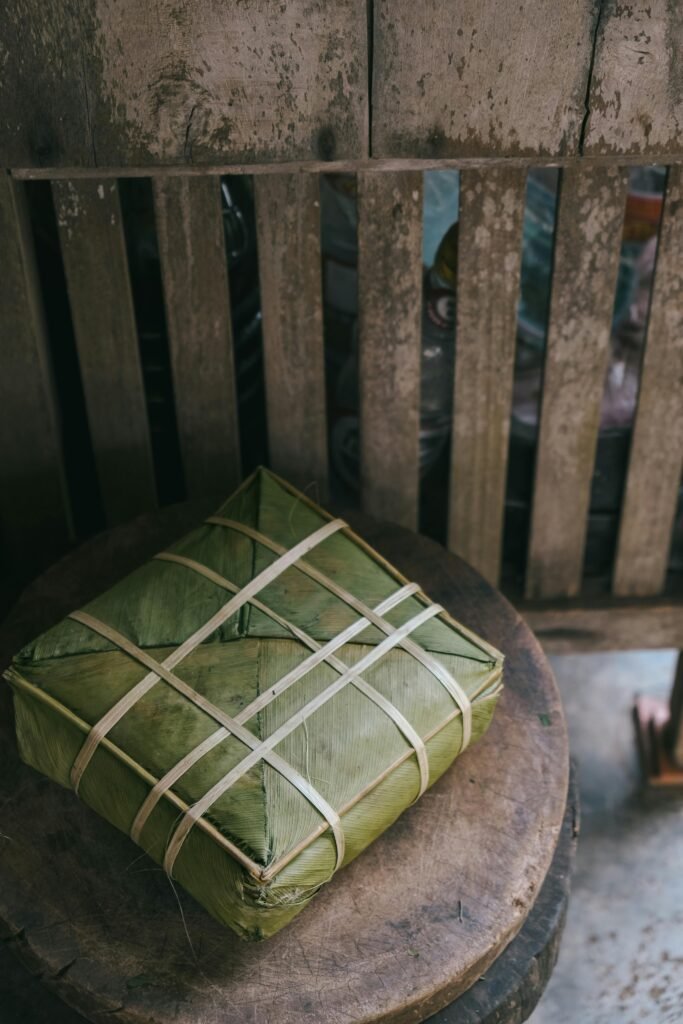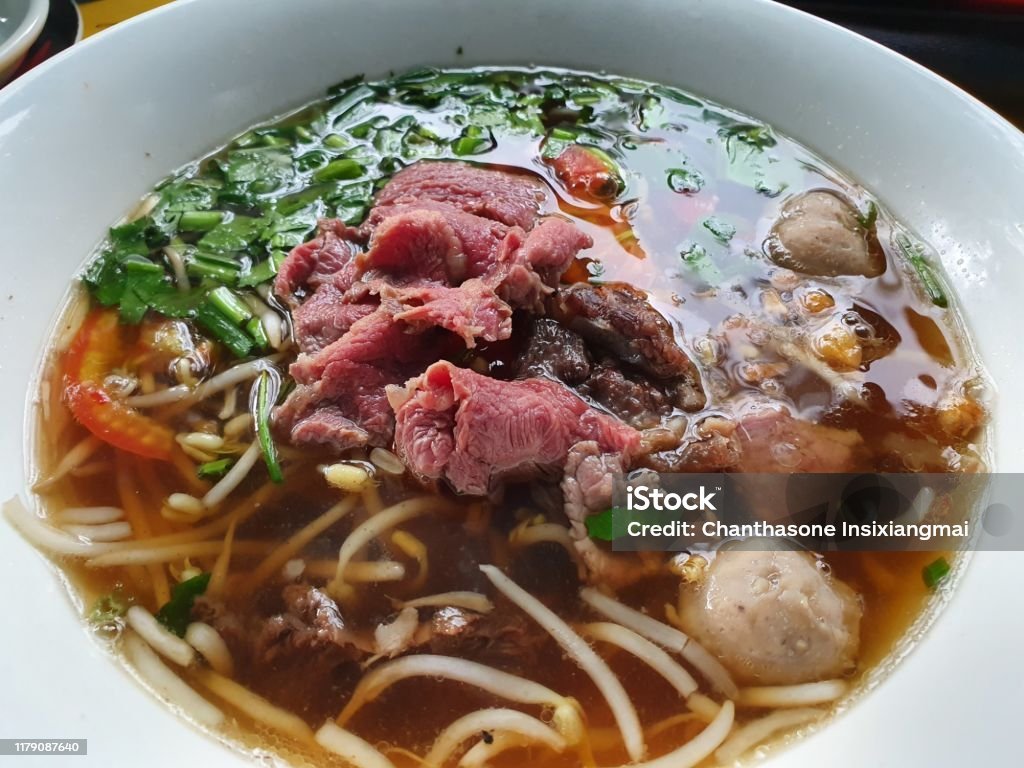
Tet, or Vietnamese Lunar New Year, is the most important holiday in Vietnam. It marks the arrival of spring and a new year. Over time, Tet traditions have changed. These changes reflect the shift from rural life to urban lifestyles. However, some values, like family and renewal, remain the heart of Tet.

Tet in the Countryside
In the past, most people in Vietnam lived in the countryside. Tet was deeply tied to farming and nature. Farmers celebrated Tet to thank their ancestors and pray for good harvests. Before Tet, families cleaned their homes to chase away bad luck. They also prepared offerings to honor their ancestors.
Making bánh chưng and bánh tét was a key tradition. These rice cakes symbolized the earth and sky. Families worked together to cook these cakes in big pots over wood fires. This process brought relatives closer and strengthened family bonds.
Villages also held traditional games and performances. Children played folk games, while adults joined lion dances or watched wrestling matches. These activities brought joy and unity to the community.


Tet in the City Today
In cities, Tet traditions are different. Urban families are often busy with work, so they simplify some customs. Instead of making bánh chưng, many people buy them from stores. Supermarkets now sell ready-made offerings and decorations for Tet.
However, some practices stay the same. Families still clean their homes and decorate with peach blossoms or kumquat trees. These symbols of spring bring good luck and happiness.
During Tet, people visit relatives and friends to wish them health and success. Lì xì, or giving lucky money in red envelopes, is still a favorite tradition for children. Even in modern cities, these practices connect people and spread joy.

Evolving Food Traditions
Tet food has also evolved over time. In the countryside, families used local ingredients to prepare traditional dishes. These included boiled chicken, pickled onions, and sticky rice. Every meal carried a deep connection to the land.
In urban areas, Tet meals have become more diverse. Families add new dishes like spring rolls or seafood to their menus. Restaurants and food delivery services also offer Tet-themed meals for busy households. Despite the changes, food remains a symbol of love and togetherness during Tet.
The Enduring Values of Tet
While Tet traditions have changed, its core values remain. Tet is still a time for family reunions. No matter how far people live, they try to return home for Tet. Parents, children, and grandparents share meals and memories during this special time.
Renewal is another key value of Tet. Cleaning homes, paying debts, and wearing new clothes symbolize a fresh start. People wish for better health, luck, and success in the coming year.
Respect for ancestors also continues across generations. Families offer prayers and food to honor their loved ones who have passed away. This tradition keeps the connection between the past and present alive.

Conclusion
Tet has grown and changed with Vietnam’s development. In the countryside, it reflected a simple, agricultural life. In the cities, it adapts to modern, fast-paced lifestyles. Yet, Tet’s heart remains unchanged. Family, renewal, and gratitude continue to define this holiday. As Vietnam evolves, Tet will always unite its people, reminding them of their roots and hopes for the future.






